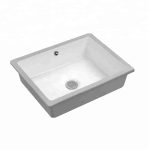Introduction
Plungers are indispensable tools for dealing with clogged drains, whether it’s a sink or a toilet. However, not all plungers are created equal, and using the right type for the job can make a significant difference in effectiveness. In this comprehensive guide, we’ll explore the differences between sink plungers and toilet plungers, their unique features, and when to use each one for optimal results.
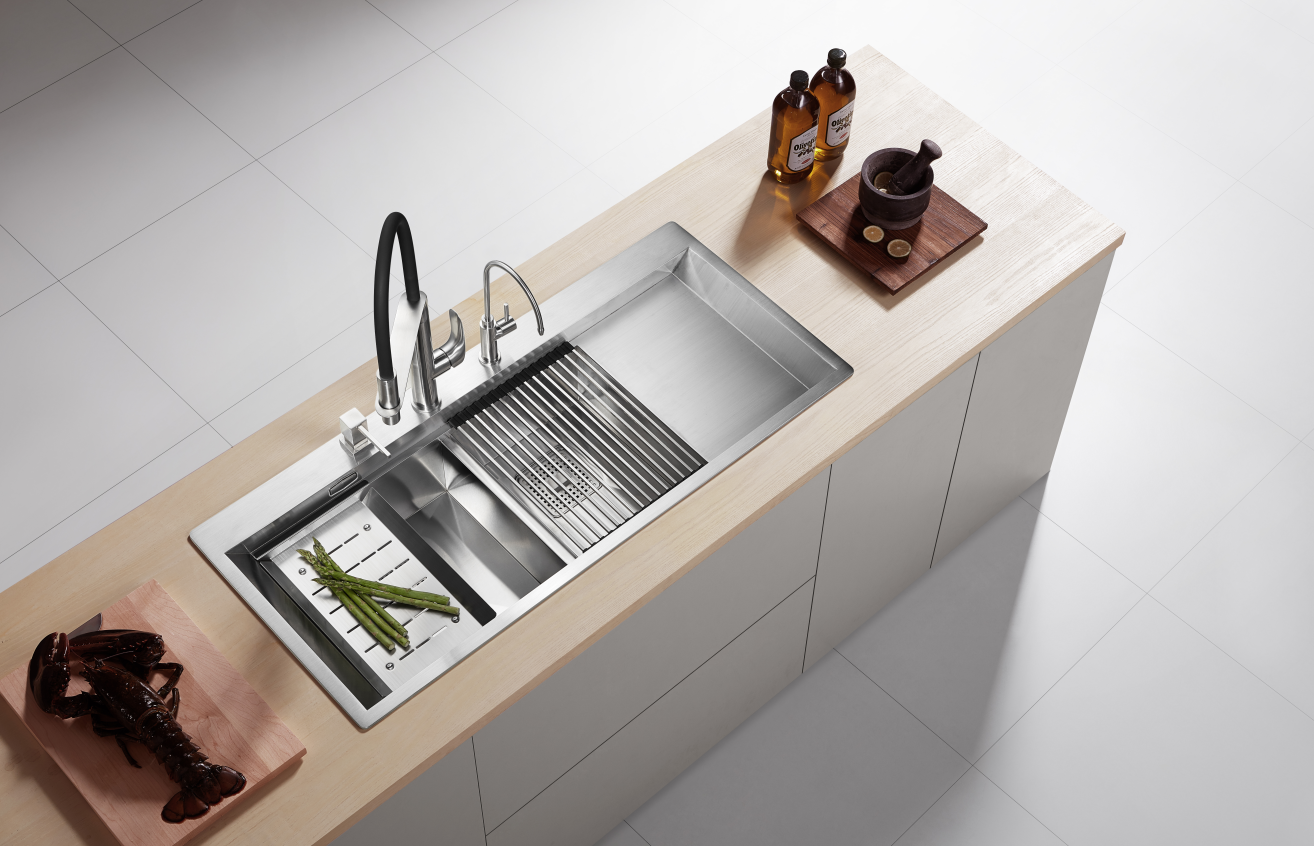
Understanding Sink Plungers
Design and Features: Sink plungers, also known as cup plungers or flat plungers, feature a flat, rubber cup attached to a handle. The flat design of the cup makes it ideal for creating a seal around flat surfaces, such as sinks, bathtubs, or shower drains.
Functionality: Sink plungers are designed to generate suction and dislodge clogs in drains by creating pressure and pushing air and water through the pipe. They work best on flat surfaces where a tight seal can be formed, allowing for efficient plunging action.
When to Use: Sink plungers are most effective for clearing clogs in sinks, bathtubs, and shower drains with flat surfaces. They’re suitable for removing hair, soap scum, and other debris that commonly cause blockages in these types of drains.
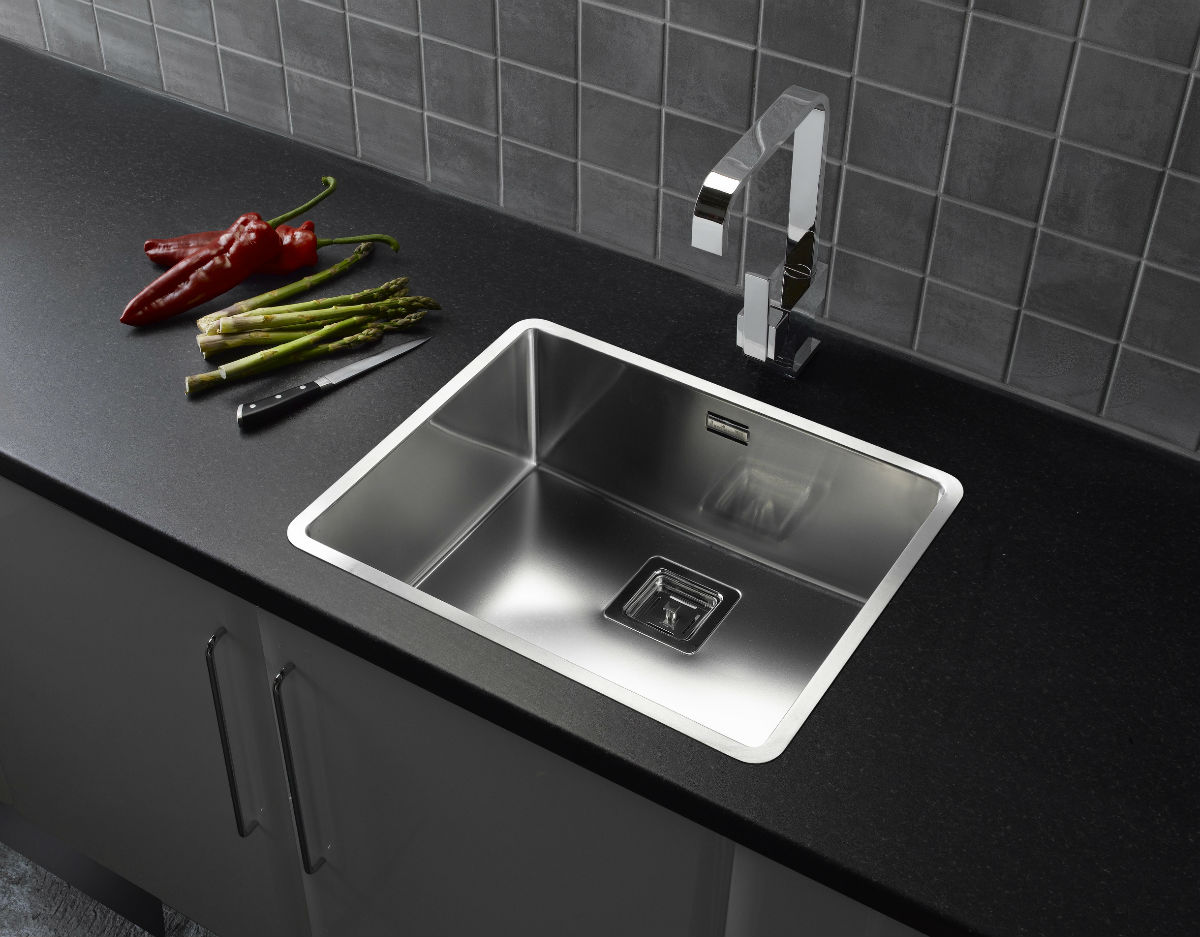
Understanding Toilet Plungers
Design and Features: Toilet plungers, also known as flange plungers or bell plungers, feature a rubber cup with an extended flange or bell-shaped collar around the rim. This design allows the plunger to create a tight seal around the curved opening of a toilet bowl.
Functionality: Toilet plungers are specifically designed for unclogging toilets by creating a strong seal and applying pressure to dislodge blockages. The extended flange helps to form a seal around the curved surface of the toilet bowl, preventing air and water from escaping during plunging.
When to Use: Toilet plungers are essential for clearing clogs in toilets, including those caused by excessive toilet paper, waste, or foreign objects. Their unique design and functionality make them highly effective for tackling stubborn toilet clogs without causing splashing or mess.
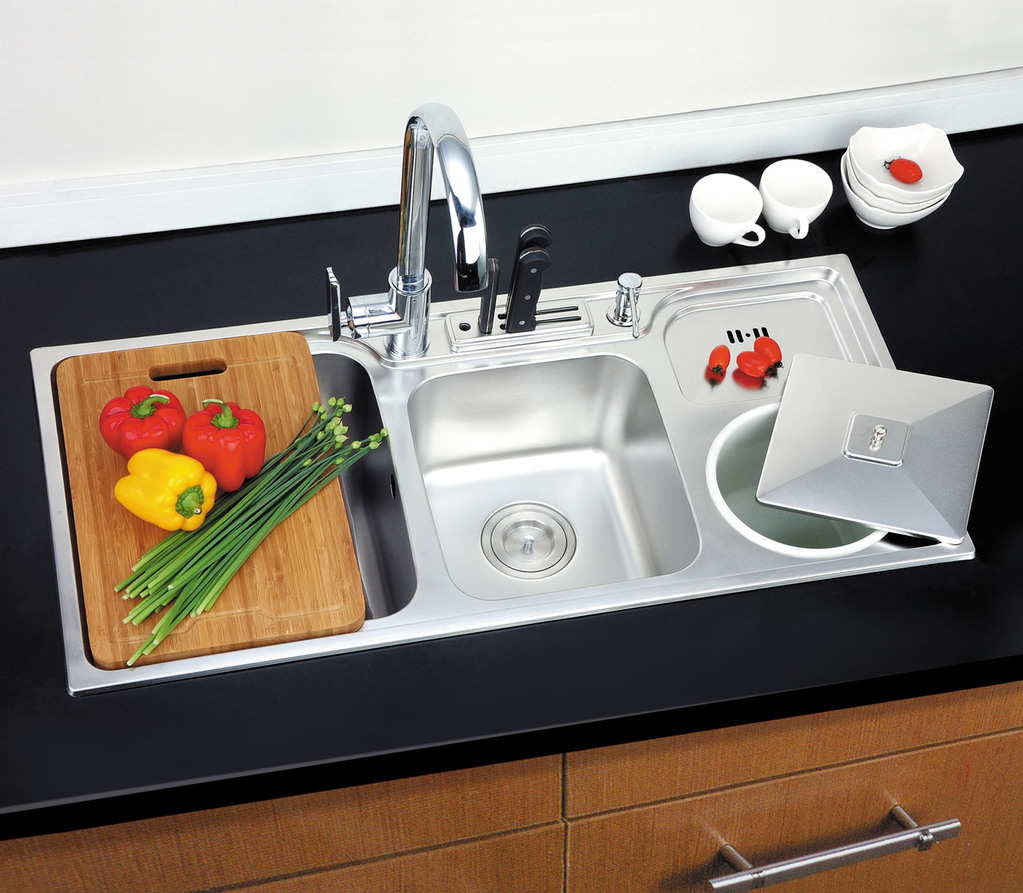
Choosing the Right Plunger for the Job
When faced with a clogged drain, it’s essential to choose the right plunger for the job to achieve the best results. Here’s a quick guide to help you determine which plunger to use:
- Sink Plunger: Use a sink plunger for clearing clogs in sinks, bathtubs, and shower drains with flat surfaces. Press the cup firmly against the drain opening and plunge up and down vigorously to create suction and dislodge the blockage.
- Toilet Plunger: Use a toilet plunger for clearing clogs in toilets, including those caused by toilet paper, waste, or foreign objects. Place the flange of the plunger into the toilet bowl, ensuring a tight seal around the opening, and plunge forcefully to break up and remove the obstruction.
Proper Plunging Technique
Regardless of the type of plunger you use, proper plunging technique is essential for effective unclogging. Here are some tips to keep in mind:
- Create a Seal: Ensure that the plunger forms a tight seal around the drain or toilet bowl opening to maximize suction and pressure.
- Use Forceful Movements: Apply firm, rhythmic plunging motions to generate enough force to dislodge the blockage. For sinks, plunge vertically; for toilets, plunge at an angle to avoid splashing.
- Be Patient: Plunging may take several attempts before the clog is fully cleared. Be patient and persistent, and avoid using excessive force to prevent damage to the drain or toilet.
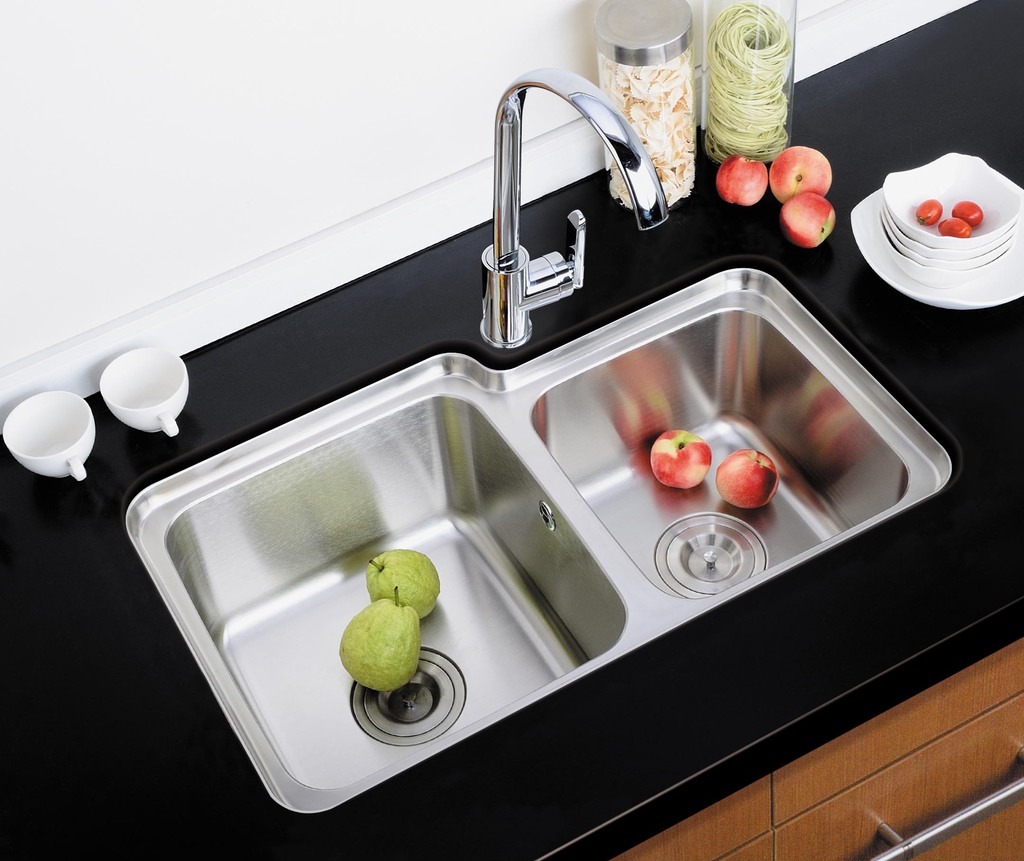
Maintenance and Care Tips
While sink plungers and toilet plungers are invaluable tools for unclogging drains, proper maintenance and care are essential to ensure their effectiveness and longevity.
- Clean After Use: After each use, rinse the plunger thoroughly with hot water to remove any debris or residue. Allow it to air dry completely before storing it away.
- Store Properly: Store plungers in a clean, dry area away from direct sunlight and moisture to prevent mold and mildew growth. Consider using a designated storage container or bag to keep them organized and protected.
- Inspect Regularly: Periodically inspect the rubber cup or flange of the plunger for signs of wear, damage, or deterioration. Replace the plunger if you notice any cracks, tears, or loss of flexibility, as these can compromise its effectiveness.
- Disinfect Occasionally: To disinfect plungers, soak them in a solution of bleach and water or a commercial disinfectant according to the manufacturer’s instructions. Rinse thoroughly and allow them to dry before use.
- Avoid Cross-Contamination: Use separate plungers for sinks and toilets to prevent cross-contamination of germs and bacteria. Label or color-code plungers to differentiate between them easily.
By following these maintenance and care tips, you can ensure that your sink plungers and toilet plungers remain in good condition and ready for use whenever you encounter a stubborn clog.

Emergency Plunger Alternatives
In situations where a plunger is not available, or the clog is particularly stubborn, there are a few alternative methods you can try to unclog drains:
- Homemade Drain Cleaner: Mix equal parts of baking soda and vinegar and pour the mixture down the drain. Allow it to fizz and react for a few minutes, then flush the drain with hot water to clear away the clog.
- Plumbing Snake: A plumbing snake, also known as a drain auger, is a long, flexible tool that can nsert into drains to dislodge blockages. Feed the snake into the drain and rotate it manually or using a drill to break up the clog.
- Boiling Water: For minor clogs caused by grease or soap scum, pouring boiling water down the drain can help melt away the obstruction and restore normal flow.
While these methods may provide temporary relief for minor clogs, it’s essential to address underlying issues promptly and seek professional assistance if the problem persists or worsens.
Conclusion
In the battle against clogged drains, having the right tool for the job can make all the difference. Sink plungers and toilet plungers each have unique features and functionalities that make them suited for specific tasks. By understanding the differences between them and knowing when to use each one, you can tackle clogs effectively and keep your plumbing system running smoothly. So, the next time you’re face with a stubborn clog, reach for the appropriate plunger and plunge away with confidence.

